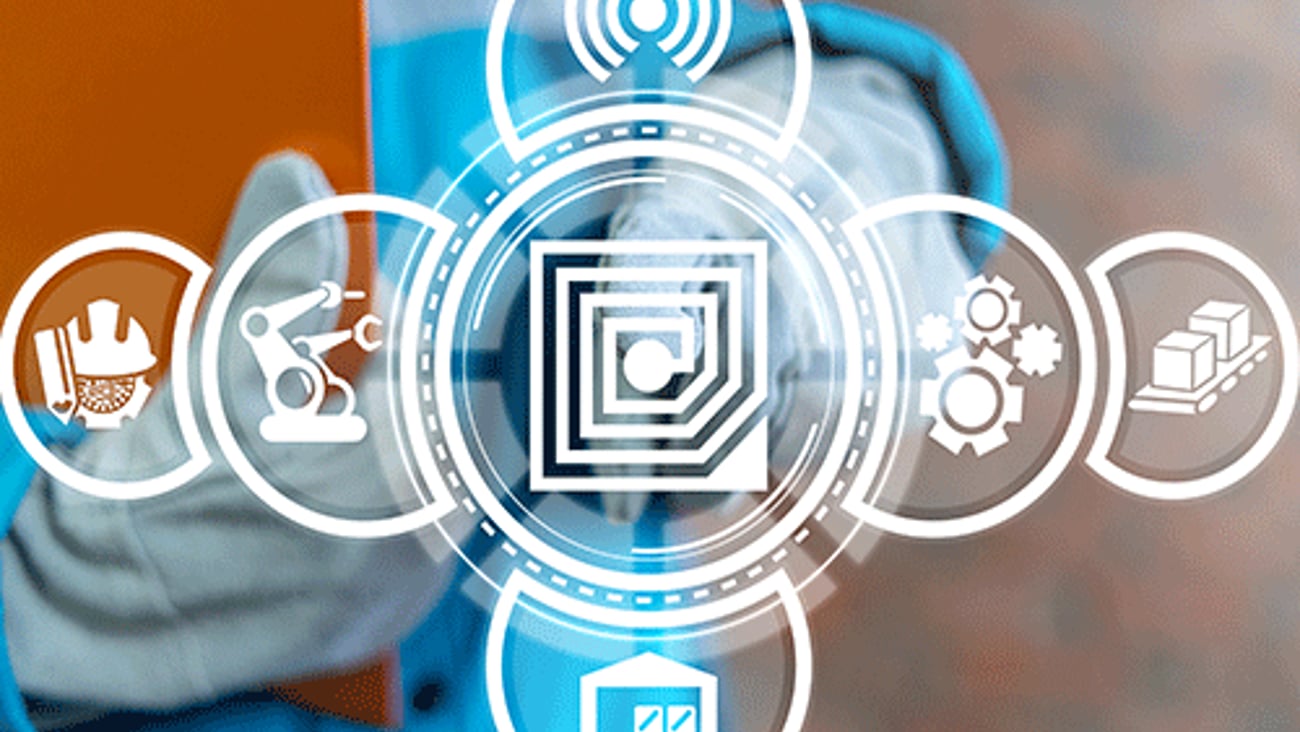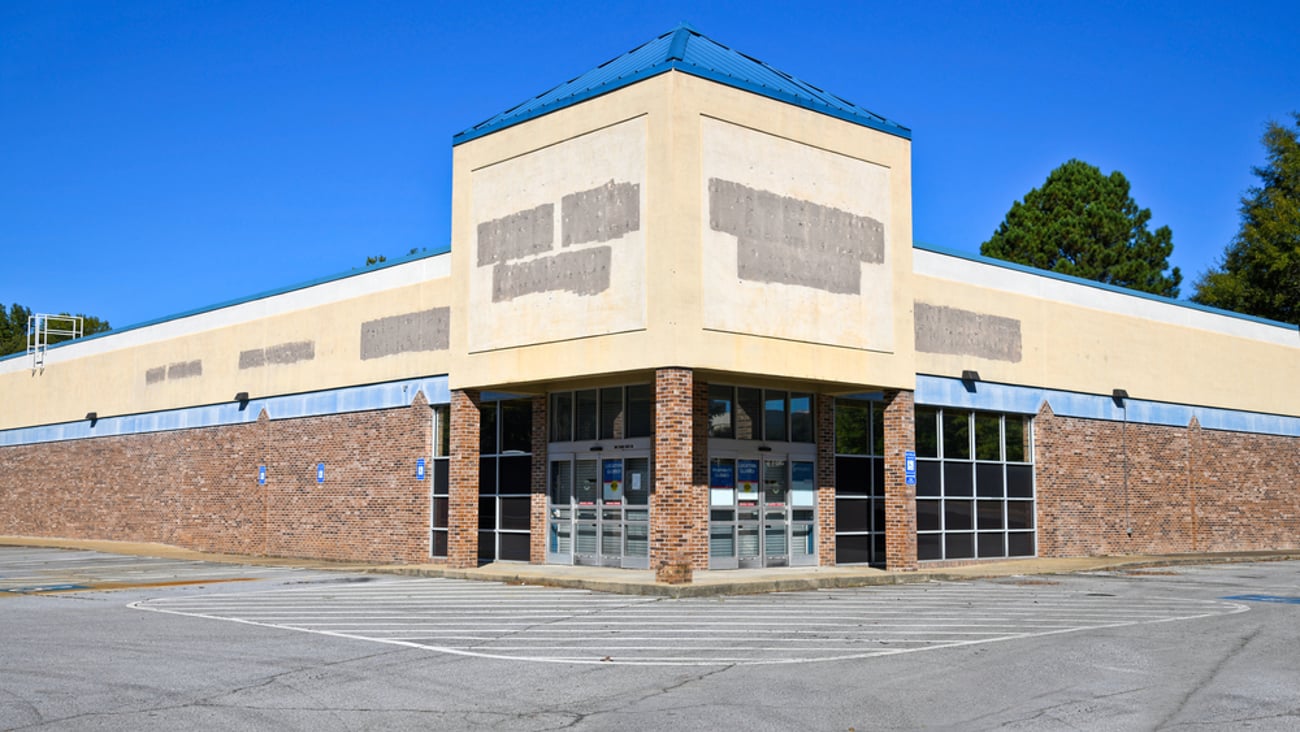Create reliable customer experiences in an unreliable world
I’ve long been fascinated by “retrofuturism," an art style that showcases past visions of how the future would evolve.
It embraced uncertainty as an opportunity to imagine new ideas and push the boundaries of design and technology; think depictions of self-flying cars from the 1950s, futuristic space societies from a 70’s science fiction novel, or my personal favorite, the self-lacing shoes from “Back to the Future.”
Retrofuturism has captured my attention for many reasons, one of which is that seeing archaic technology crammed into visions of robots, spaceships, and chrome reminds me that human beings have been trying to predict the future, sometimes even laughably, since the dawn of time.
The future is uncertain
Reading some of these articles that claim that they know what big shopping trend is on the horizon, or which social media platform will be the “Next Big Thing” gives me a similar feeling that retrofuturistic art does. While surpassing Google as the most popular search engine last year, TikTok now faces a potential ban in the U.S.
Many companies invested heavily in Instagram Live Shopping to improve e-commerce sales during the height of the pandemic, and while it initially performed well for some organizations, Meta shut down Instagram Live Shopping for good in March of this year. ChatGPT was launched just five months ago, and is already revolutionizing the retail industry.
Snapchat is now producing AR mirrors for retailers that enable customers to virtually try on products. If you had told me a decade ago that an instant messaging photo app would be partnering with global retailers to implement cutting-edge, artificial reality technology into their brick-and-mortar stores, I would’ve laughed in your face and gone back to playing Flappy Bird.
The point is, the future is unpredictable and ever-changing. Using a crystal ball as your roadmap results in visions of flying saucers and expensive investments in sales channels or technology that may or may not be relevant in a year.
But the catch-22 that brands find themselves in is that customers want innovative shopping experiences; two-thirds of consumers are interested in utilizing cutting-edge technologies such as chatbots, voice assistants, and VR tools, and nearly half are willing to pay more for it. So what’s a brand to do?
Setting the foundation
The key to future-proofing your organization lies not in predicting which channel is on the rise or fall, but having the right foundation in place to react to any market change, big or small.
It’s like sailing a boat; it doesn’t matter how well-thought out and detailed your map is, how many sails you have, or how much experience you have navigating choppy waters. If your boat has holes in it, you’ve got yourself a sinking ship.
Curating a strong product experience means patching up the holes of your metaphorical ship and creating a functional vessel that floats through any channel that exists now or in the future, from social commerce to digital retail platforms to virtual shopping experiences and beyond.
In practice, this means either organizations need to start from the ground up by creating a central repository of product information, or, if this exists already, they need to invest time and resources into regular updates, maintenance, and organization of this record of product data.
Remember, it doesn’t matter how advanced the new technology is or how many channels your brand is appearing on. The product experience will fall short if the product information is not reliable.
It also means that the technology you use to centralize and manage your product information is vital to the growth of your organization. It will need to be able to scale as you scale, which means handling more data across more channels with more inputs at a higher speed.
And while no one can tell the future, I can tell you this: a composable, best-of-breed product information management system can be the difference between scalable growth and blind exploration.
The concept of retrofuturism reminds us that humans have been trying to predict the future since the beginning of time, and while we sometimes get it right, we often get it wrong. In art, that means we get to laugh at depictions of rotary phones jammed into vintage car consoles.
But for companies, it is much less of a laughing matter, and can often result in lost sales and expensive mistakes. Instead of trying to predict which channels are on the precipice of viralism, brands should focus on creating a strong foundation of product information that feeds compelling and reliable product experiences regardless of the channel.
Then, and only then, will organizations have the agility and flexibility to embrace whatever the future of retail may bring.
Kristin Naragon is chief strategy and marketing officer at Akeneo.





